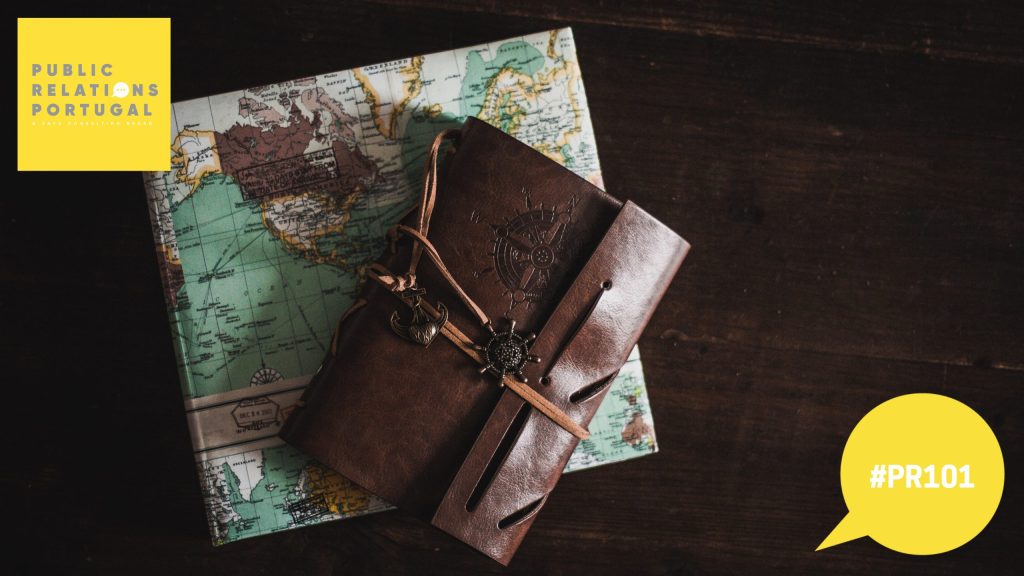Storytelling is a part of human communication. It has been used in the past to communicate knowledge, history, and culture. But what makes a story good? Why are some stories remembered while others are not?

The Hero’s Journey
This story structure was developed by mythologist Joseph Campbell. He studied myths and stories from around the world. In doing so, he discovered that they all have a similar structure. This story structure has three phases: departure, initiation, and return. These three stages are further divided into smaller steps.
-
The first phase is the departure phase. The hero leaves the ordinary world and begins the journey of the quest.
In this phase, the hero receives a request to go on an adventure. This may then be refused for fear or other reasons. This is followed by the Supernatural aid that helps him with his journey. Finally comes the stage where the hero passes from the ordinary to the special world.
-
Confront the hero in the next phase with the challenges that test his strength, wisdom, and character.
In this phase, the hero is confronted with a test that must be overcome to continue the journey. After this, meet a powerful figure who provides guidance or a mystical experience. Next, confront the hero with an authority figure and provide a mystical union with a higher power. Finally, reach the goal or receive a powerful gift.
-
Finally, enter the final stage. Returns to the ordinary world, transformed by his experiences.
In the final stage, refuse to return to the worldly world. Escape from danger or continue the quest while the pursuit is in progress. After this, get help from an outside source to overcome an obstacle. Finally, return to the ordinary world. The hero controls the special and ordinary worlds at this stage.
Employ this structure for classic storytelling. Amaze the audience and get them to empathize with the main character and his journey of growth and transformation.